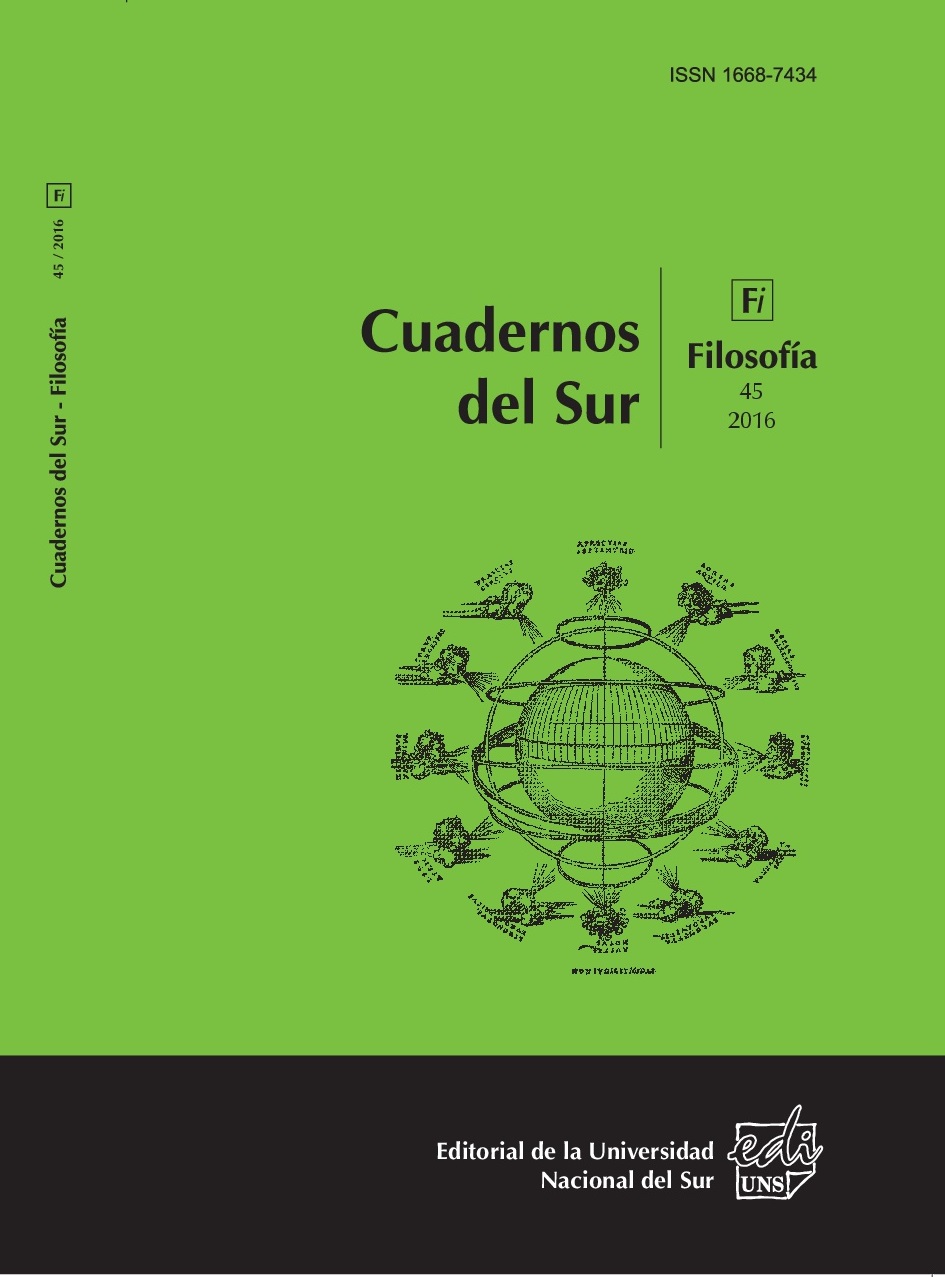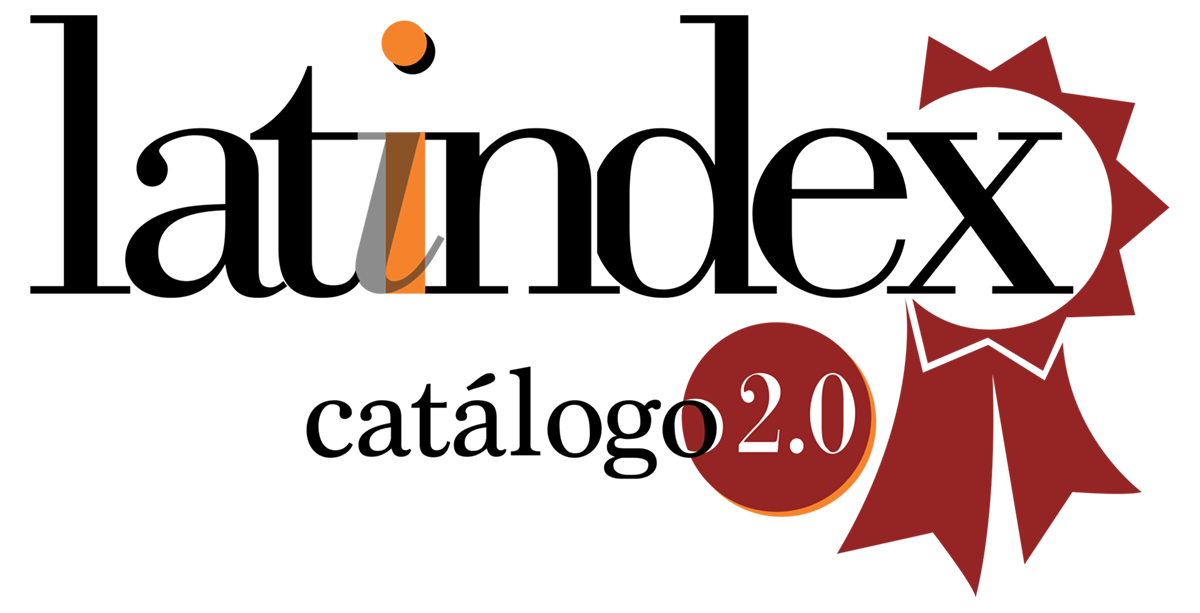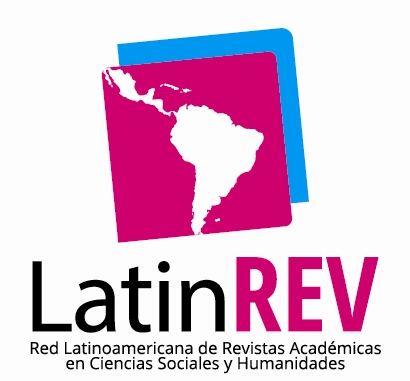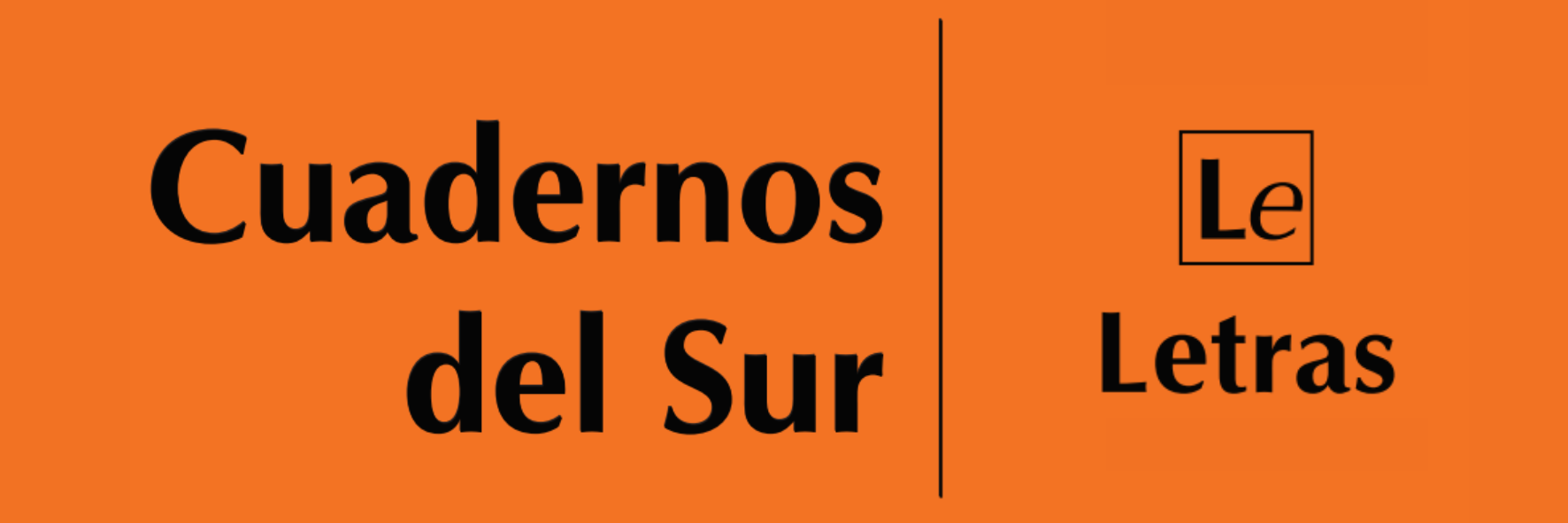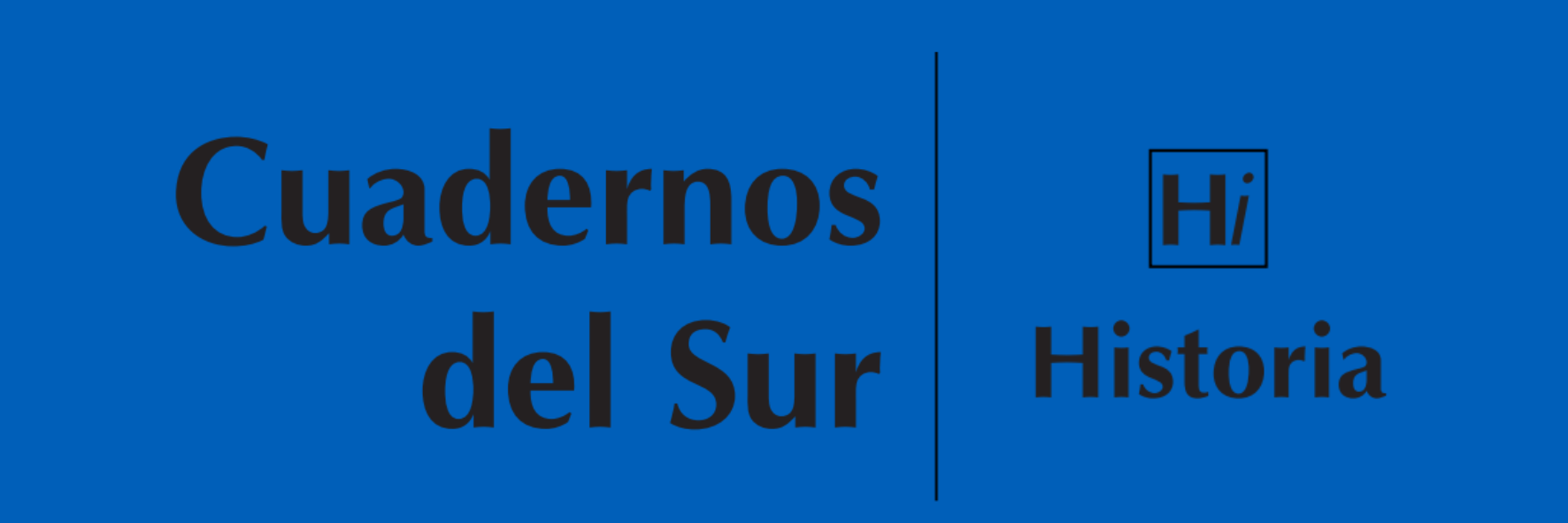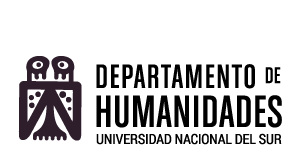Razón ampliada, abducción y creatividad musical
Keywords:
Widened reason, Abduction as epistemic change, Musical creativityAbstract
The kantian idea of a “widened reason” (Erweitert Vernunft), from theCritique of the Power of Judgment (cfr. Kant, 1992), falls beyond the pure reason and grounds in the exercising of free imagination — which it is not bound to schemata and has endless interpretations whose representations (to whom no concept belongs) are symbolic— bear a likeness with the later thesis by Peirce on creative reason and abduction. We will show how this later development in epistemology received its first influences from an aesthetic theory and implied a broader frame than the scientific one, situation here vindicated. In his VII Lecture, “Pragmatism and Abduction”, from 1903, Peirce presents the perceptual interpretative judgment as an extreme of abductive inference, assuming any delimitation between them is difficult to demarcate (Peirce, 2015). Also, we will get back from the inverted path (from epistemology to aesthetics) to bring new findings: through the connection between abduction and epistemic change (cfr. Gärdenfors, 1988 and Aliseda, 2014) we will offer some conclusions on the widening-cognitive aspects specifically underlying musical creativity, the pinnacle of free imagination in Kantian theory, although there still devalued.
Downloads
References
Beethoven, Ludwig van (1968), Streichquartette II, München-Duisburg, Henle Verlag, [1807].
Chopin, Frederic (2009), Preludes: Chopin National Edition VII, Red Balloon, [1839].
Kant, Emmanuel (1992), Crítica de la facultad de juzgar, trad. de Pablo Oyarzún Robles, Caracas, Monte Ávila, [1790].
Peirce, Charles Sanders (1932), Collected Papers of Charles Sanders Peirce, Volumes I and II: Principles of Philosophy and Elements of Logic, Cambridge (EEUU), Harvard University Press [edición de Charles Hartshorne y Paul Weiss].
Peirce, Charles Sanders (1935), Collected Papers of Charles Sanders Peirce, Volumes V and VI: Pragmatism and Pragmaticism and Scientific Metaphysics, Cambridge (EEUU), Harvard University Press [edición de Charles Hartshorne y Paul Weiss].
Peirce, Charles Sanders (1958), Collected Papers of Charles Sanders Peirce, Volumes VII and VIII: Science and Philosophy and Reviews, Correspondence and Bibliography, Cambridge (EEUU), Harvard University Press [edición de Arthur W. Burks].
Peirce, Charles Sanders (2015), “Lecciones de Harvard sobre el Pragmatismo. Lección VII: ‘Pragmatismo
y abducción’ ”, [transcripción electrónica a partir de Peirce, C. P. (1978), Lecciones sobre el pragmatismo, trad. de Dalmacio Negro Pavón, Aguilar, Buenos Aires, [1903, disponible en: http://www.unav.es/gep/HarvardLecturesPragmatism/HarvardLecturesPragmatism7.html - consultado el 20 de octubre de 2015].
Wittgenstein, Ludwig (1980), Culture and Value, Oxford, Blackwell.
Aliseda, Atocha (2014), La lógica como instrumento de la razón. Creatividad, cognición e inferencia, Universidad Nacional Autónoma de México.
Anderson, Douglas R. (1987), Creativity and the Philosophy of C. S. Peirce, Dordrecht, Springer.
Arendt, Hanna (1982), Lectures on Kant’s Political Philosophy, Chicago, The University of Chicago Press.
Barrena, Sara (2001), “La creatividad en Charles Sanders Peirce”, Signos en Rotación, Diario La Verdad, Venezuela, año III, No. 181, pp. 112-120.
Deleuze, Gilles (1981), “Peindre le cri”, Critique, 408.
Dewey, John (2008), El arte como experiencia, España, Paidós [1934].
Everaert-Desmedt, Nicole (2008), “¿Qué hace una obra de arte? Un modelo peirceano de la creatividad artística”, Utopía y Praxis Latinoamericana, nº 40, Universidad del Zulia, Venezuela, 83-98, [disponible en: http://www.unav.es/gep/ EveraertUtopia.html].
Gärdenfors, Peter (1988), Knowledge in Flux: Modeling the Dynamics of Epistemic States, Cambridge (EEUU), MIT Press.
Iranzo, Valeriano (2011), “Inferencia de la Mejor Explicación”, en Vega Reñón, Luis y Olmos Gómez, Paula (eds.), Compendio de Lógica, Argumentación y Retórica, Madrid, Trotta, 301-304.
Kramer, Jonathan (1988), The Time of Music: New Meanings, New Temporalities, New Listening Strategies, New York, Schirmer Books.
Kuipers, Theo (2002), “Beauty: a Road to the Truth”, Synthese, vol. 131, t. 3, pp. 291-328.
Kunst, Jos (1978), “Making Sense in Music: an Enquiry into the Formal Pragmatics of Art”, Communication and Cognition.
Oliveras, Elena (2004), Estética. La cuestión del arte, Buenos Aires, Emecé.
Oyarzún Robles, Pablo (1992), “Introducción del traductor”, en Kant, Emmanuel (1992), Crítica de la facultad de juzgar, trad. de Pablo Oyarzún Robles, Caracas, Monte Ávila, [1790]
Rivadulla, Andrés (2010), “Estrategias del descubrimiento científico. Abducción y preducción”, en de Andrade Martins, Roberto et al. (eds.), Filosofía e História da Ciência no Cone Sul. Seleção de Trabalhos do 6º Encontro, Campinas, Associação de Filosofía e História da Ciência do Cone Sul (AFHIC), 120-129.
Roetti, Jorge A. (2014), Cuestiones de Fundamento, Buenos Aires, Centro de Estudios Filosóficos Eugenio Pucciarelli - Academia Nacional de Ciencias de Buenos
Aires.
Runco, Albert M. (2010), “Creativity Research: A Historical View”, en Sternberg R. (ed.), The Cambridge Handbook of Creativity, Cambridge, Cambridge University Press, 1-19.
Schopenhauer, Arthur (1998), Pensamiento, palabras y música, Madrid, Edaf, [1819].
Visokolskis, Sandra (2006), “Metáfora, ícono y abducción en C. S. Peirce”, II Jornadas “Peirce en Argentina”, [disponible en: http://www.unav.es /gep/IIPeirceArgentinaVisokolskis.
html].
Downloads
How to Cite
Issue
Section
License
Copyright (c) 2018 Marianela Calleja

This work is licensed under a Creative Commons Attribution-NonCommercial 4.0 International License.
Aquellos autores/as que tengan publicaciones con esta revista, aceptan los términos siguientes:- Los autores/as conservarán sus derechos de autor y garantizarán a la revista el derecho de primera publicación de su obra, el cuál estará simultáneamente sujeto a la licencia Atribución-No Comercial 4.0 Internacional CC BY-NC 4.0.
- Los autores/as podrán adoptar otros acuerdos de licencia no exclusiva de distribución de la versión de la obra publicada (p. ej.: depositarla en un archivo telemático institucional o publicarla en un volumen monográfico) siempre que se indique la publicación inicial en esta revista.
- Se permite y recomienda a los autores/as difundir su obra a través de Internet (p. ej.: en archivos telemáticos institucionales o en su página web) una vez publicado su trabajo, lo cual puede producir intercambios interesantes y aumentar las citas de la obra publicada. (Véase El efecto del acceso abierto).

